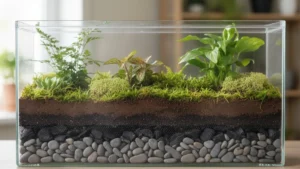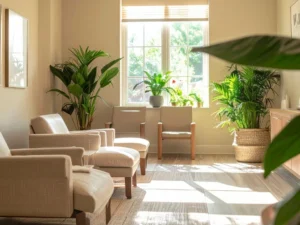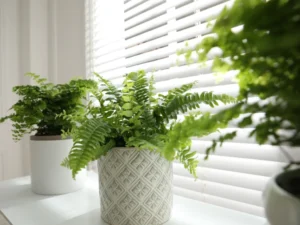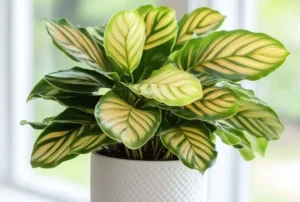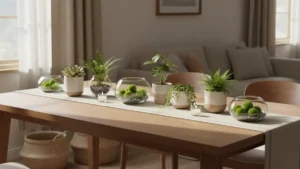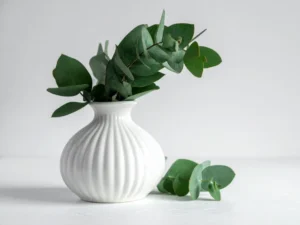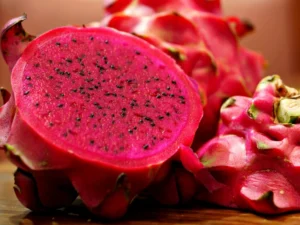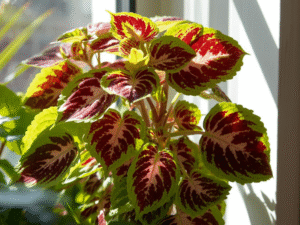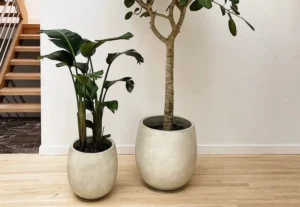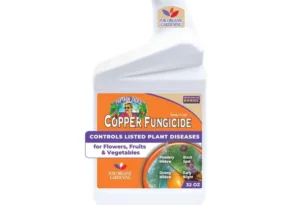Terrarium layers shape the entire heartbeat of a mini ecosystem, giving your plants the stability they need to flourish without constant attention. While the greenery on top may steal the spotlight, the quiet structure beneath the soil is what keeps the whole environment healthy and resilient.
Across the USA, more plant lovers are embracing terrariums as a calming, creative way to bring nature indoors. Although these tiny worlds look simple, they rely on thoughtful layering to avoid issues like mold, waterlogging, or root suffocation. Ultimately, with a few clear principles and the right materials, you can build a self-sustaining ecosystem that grows beautifully on its own.
Understanding Terrarium Layers and Why They Matter
Every thriving terrarium begins with a foundation designed to manage water, airflow, and long-term plant stability. Since everything inside a terrarium happens in a confined space, each layer plays a very specific role in helping the environment balance itself naturally. As you begin to build, these hidden layers quietly work together to support plant roots and encourage steady growth.

Although terrarium designs vary, the underlying structure remains surprisingly consistent across most plant types. Tropical plants love moisture while succulents crave airflow, the internal layering must match these needs to prevent frustration later. With the correct setup, your terrarium becomes a low-maintenance landscape that stays healthy for years.
How Terrarium Layers Create Natural Balance
Terrarium layers control moisture, movement, and nutrient flow, which helps recreate a tiny natural ecosystem inside a glass container. Since water cannot drain out naturally, the internal structure absorbs, stores, and redistributes it safely. As a result, the environment stays comfortable without risking soggy roots or unhealthy levels of humidity.
Why Terrarium Layers Affect Long-Term Plant Health
Healthy terrarium layers keep roots breathing and soil loose, preventing the compaction that often leads to plant stress. Although soil seems simple, it behaves differently in enclosed spaces, making the right mix essential for good airflow. With a strong foundation, plants adjust easily, grow steadily, and require far fewer corrections over time.
The Essential Terrarium Layers Inside Every Build
No matter what style of terrarium you create, the structure typically follows the same dependable pattern. Because each layer serves a different purpose, placing them in the right order ensures smooth drainage and better plant health. Once you understand this simple sequence, terrarium building becomes far more intuitive and enjoyable.
Terrarium Layers Start With a Solid Drainage Base
The drainage layer sits at the very bottom and gives excess water a safe place to settle. And whether you choose LECA, pebbles, or fine gravel, this layer reduces the risk of water pooling where roots can drown. Thanks to this breathable base, your terrarium stays fresher and far less prone to rot.
A Mesh Barrier Keeps Layers Clean and Organized
A mesh divider or filter sheet prevents soil from slipping into the drainage base while still allowing water to flow downward. Because this layer separates materials cleanly, it keeps the terrarium from becoming muddy or compacted. Over time, this small barrier helps the entire system stay tidy and better balanced.
Activated Charcoal Strengthens Layers Naturally
The charcoal layer acts as a quiet purifier, absorbing odors, impurities, and excess moisture. Since enclosed spaces can trap everything inside, charcoal helps maintain freshness and reduces the chance of fungal growth. With this layer in place, your terrarium becomes more stable and noticeably easier to maintain.
The Soil Layer Supports the Upper Terrarium Layers
The soil layer or growing medium feeds the plants, anchors roots, and controls moisture distribution throughout the terrarium. And because airflow matters, a blend of coco coir, perlite, bark, or pumice keeps the substrate light and supportive. When this layer is built thoughtfully, it becomes the heart of the entire setup.
The Decorative Layer Finishes All Terrarium Layers Beautifully
The top dressing adds character while protecting the soil from shifting whenever you water or mist. Whether you choose sheet moss, sand, or small stones, this layer brings the arrangement together visually. As a finishing touch, it makes your terrarium look intentional, polished, and full of life.
How to Layer a Terrarium Step by Step
Although the process looks simple, arranging terrarium layers in the correct sequence creates long-lasting stability. Because each layer influences what happens above and below it, building carefully gives your plants a healthier environment. And once you’ve practiced it a few times, the whole process becomes surprisingly relaxing and rewarding.
1. Start Layers With a Breathable Drainage Foundation
First, pour in a generous layer of LECA or gravel to allow excess moisture to settle safely at the base. Since terrariums lack natural drainage holes, this layer prevents roots from sitting in stagnant water. As the terrarium grows, it becomes your strongest line of defense against rot.
2. Add the Barrier to Prepare Upper Terrarium Layers
Once the drainage base is even, lay a piece of mesh divider across the top to keep soil from falling through. Although it seems like a small step, this barrier prevents compaction and keeps the layers separated. Ultimately, your terrarium stays cleaner and more structurally dependable.
3. Add Charcoal to Strengthen the Middle Terrarium Layers
A thin sprinkle of activated charcoal helps neutralize odors and absorb excess moisture. And because terrariums can trap humidity in unpredictable ways, this layer keeps the space fresher and more stable. Over time, it becomes essential in keeping mold from spreading.
4. Build the Soil Layer for Strong Upper Layers
Next, add a soft, airy soil blend, mixing coco coir, perlite, pumice, or bark for better airflow. Since each ingredient supports the roots differently, the combination creates a healthier environment overall. With this balance, plants grow more steadily and stay resilient longer.
5. Finish Terrarium Layers With a Thoughtful Decorative Touch
Finally, place sheet moss, polished stones, or fine sand on the surface to protect and beautify the terrarium. And because this layer prevents soil shifting during watering, it keeps your arrangement neat and visually appealing. With just a few finishing touches, your terrarium feels complete and full of life. For more inspiration on adding greenery, explore our guide to the best indoor house plants and ferns here: https://peeacelily.com/indoor-house-plants-ferns/.
Closed vs. Open Terrarium Layers Explained Clearly
Different terrarium styles rely on different layering needs, especially when moisture plays a big role. And although the basic structure stays the same, each plant type benefits from specific textures and airflow. Because of this, adjusting your terrarium layers makes all the difference in long-term success.
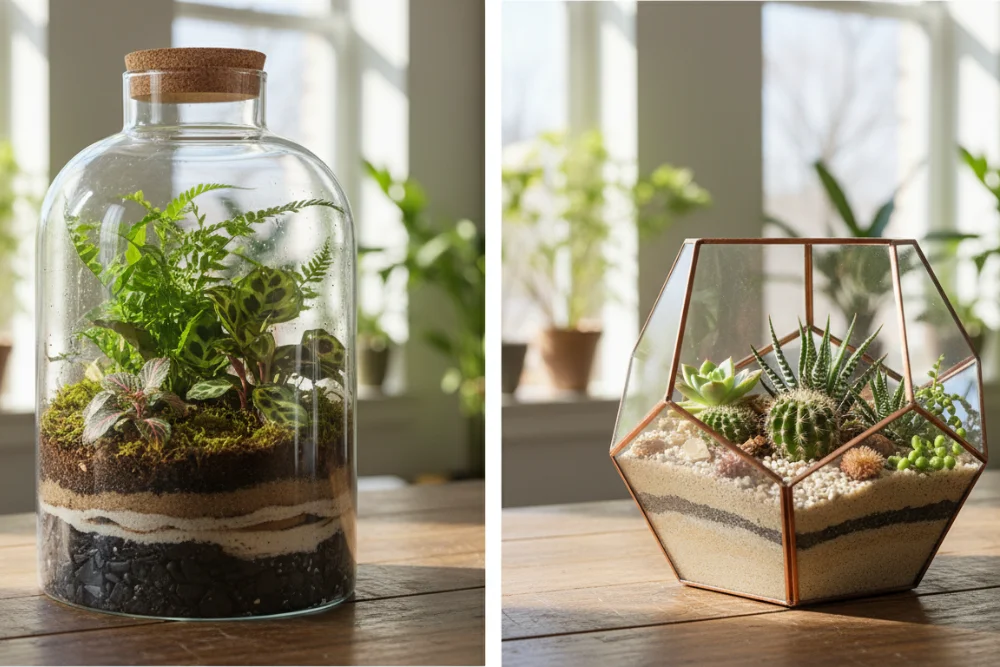
Closed Terrarium Layers Support Moisture-Loving Plants
Closed terrariums trap humidity naturally, making soft and absorbent soil mixes essential for healthy growth. With a combination of coco coir, fine bark, and a well-managed drainage base, moisture cycles safely inside. As a result, tropical species experience steady hydration with minimal effort.
Open Terrarium Layers Work Better for Succulents and Cacti
Open styles allow heat and moisture to escape, so the substrate must drain quickly to prevent rot. By adding more sand, pumice, or gritty mix, you allow roots to breathe and stay dry. With this structure, desert plants stay comfortable even when the air becomes dry.
Balancing Layers for Mixed Plant Types
When plants have different water needs, adjusting your terrarium layers becomes even more important. Some species prefer more moisture while others rely on quick drainage and increased airflow. With thoughtful choices, mixed terrariums can flourish without needing constant supervision.
Final Thoughts on Terrarium Layers
Terrarium layers give every miniature ecosystem the structure, strength, and quiet harmony it needs to thrive for years. Although much of the beauty sits above the soil, these hidden layers handle the essential work that keeps plants healthy. Understanding their role makes terrarium building more creative, enjoyable, and confidently approachable.
When each layer is chosen intentionally and placed with care, your terrarium transforms into a stable and self-sustaining world. Additionally, by matching the layering style to each plant type, you support healthier growth with far less effort.
For example, if you’re exploring low-light plant options for indoor spaces, you may also find this guide on indoor house plants with no light helpful for choosing the right greenery. Ultimately, strong terrarium layers turn a simple glass container into a living landscape that feels calm, vibrant, and beautifully alive.
FAQs
How many layers does a terrarium need?
Most terrariums thrive with four to five layers that manage drainage, soil health, and moisture control.
Do I really need activated charcoal in my terrarium?
Charcoal helps keep the environment fresh and reduces odors, especially in closed terrariums.
What soil mix works best for a small terrarium?
A light blend of coco coir, perlite, and fine bark keeps roots breathing and prevents compacted soil.
Why does mold appear inside my terrarium?
Mold shows up when moisture levels rise too quickly or airflow becomes limited in the container.
Can I use regular potting soil in a terrarium?
You can, but it usually compacts easily, so a lighter, airy mix works much better long-term.
How often should I water a terrarium?
Water only when the top layer looks slightly dry, since terrariums hold moisture very well.
What’s the purpose of the drainage layer?
It gives excess water a safe place to settle so your plant roots don’t end up drowning.
Do open and closed terrariums use the same layers?
They use similar layers, but closed terrariums need more moisture control while open ones need faster drainage.
Why is my terrarium soil turning soggy?
Too much water or an inadequate drainage layer usually causes soil to hold moisture longer than it should.


